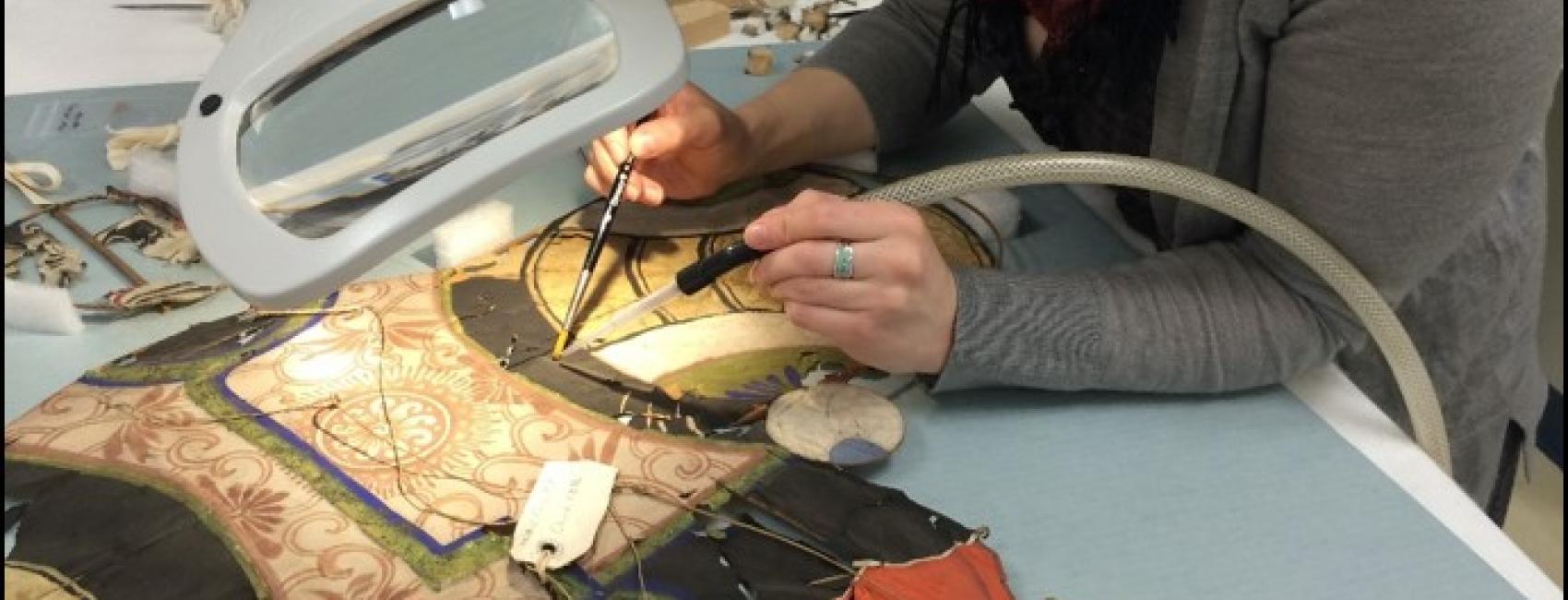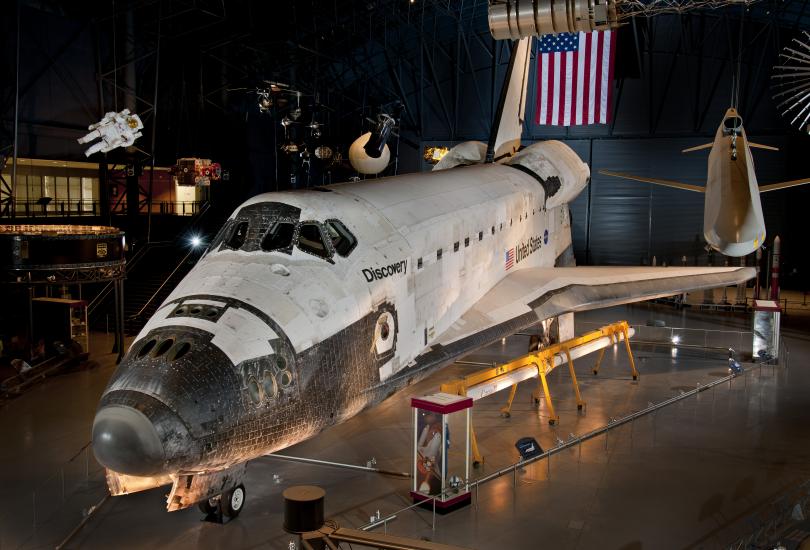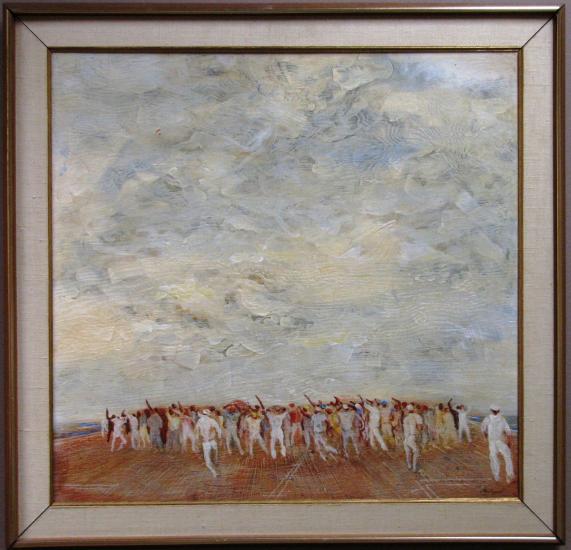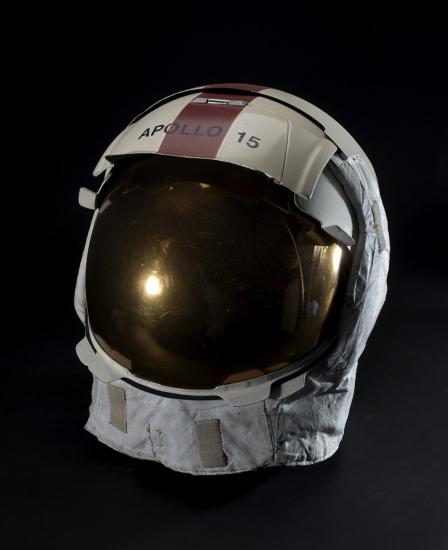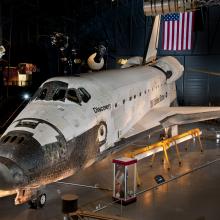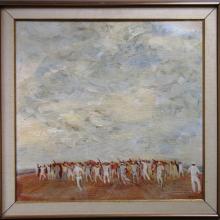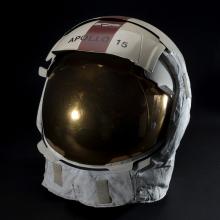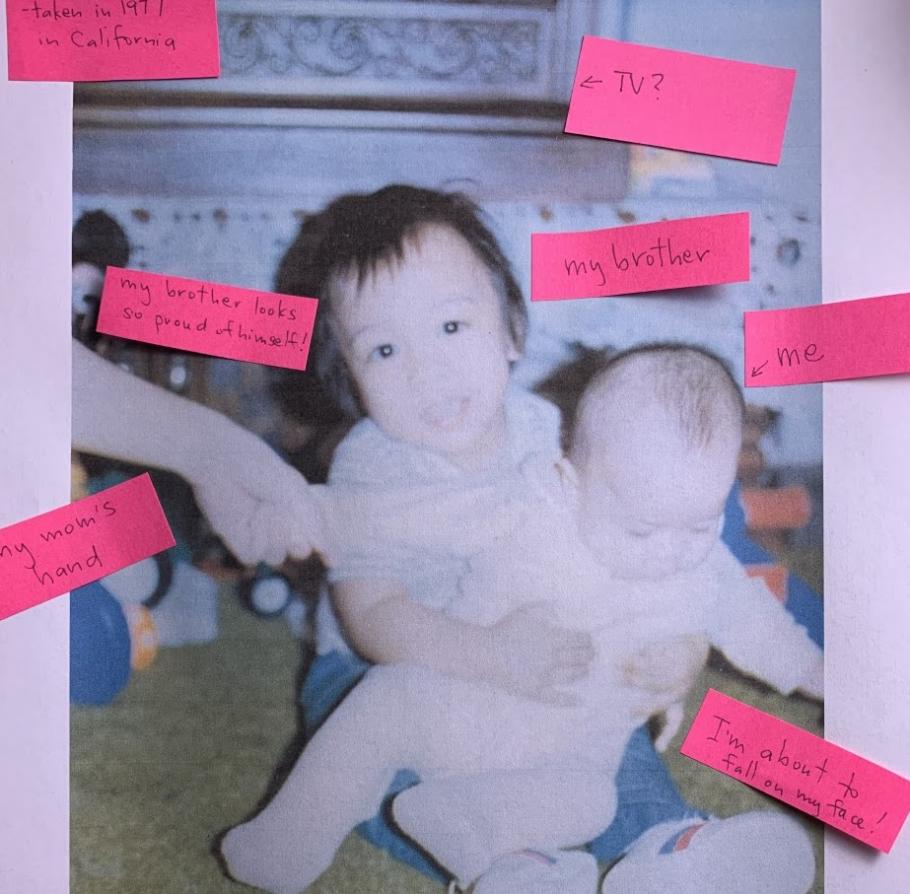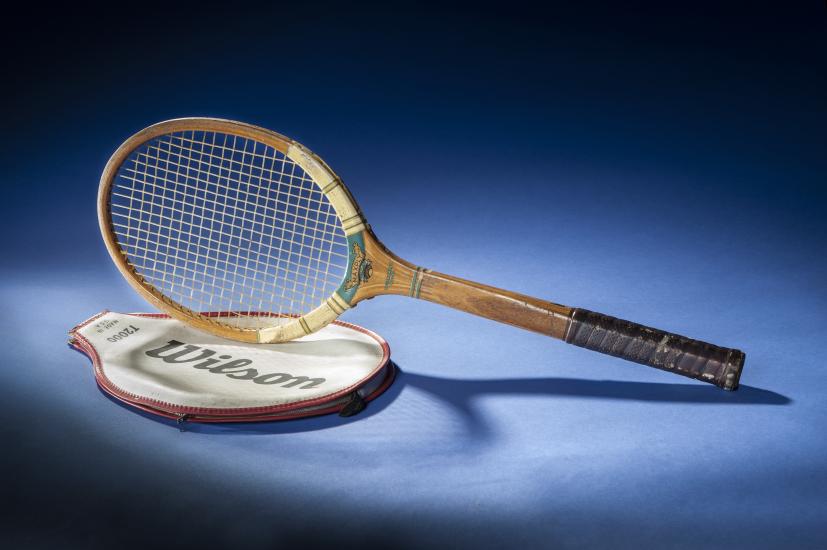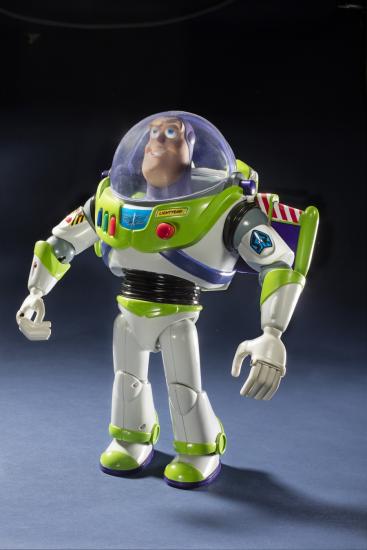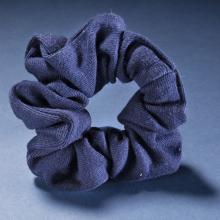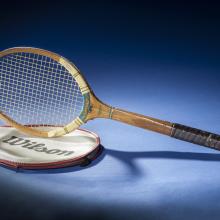This Dunlop Maxply tennis racquet belonged to Dr. Sally K. Ride. Ride took her first tennis lesson when she was nine years old, and she quickly became a talented and dedicated player. She entered the private Westlake School for Girls in Los Angeles in 1965 on a partial tennis scholarship and also went on to become a nationally-ranked tennis player as an undergraduate at Swarthmore College and Stanford University. In 1970, she briefly considered becoming a professional player, but decided to concentrate on a career in science instead.
Sally Ride became the first American woman in space when she flew on the STS-7 shuttle mission in 1983. Her second and last space mission was STS-41G in 1984. A physicist with a Ph.D., she joined the astronaut corps in 1978 in the first class of astronauts recruited specifically for the Space Shuttle Program. Viewed as a leader in the NASA community, she served on the Rogers Commission after the Challenger accident in 1986 and the Columbia Accident Investigation Board in 2003. She also led the task force that produced a visionary strategic planning report in 1987, titled “NASA Leadership and America’s Future in Space” but known popularly as the "Ride Report."
After she left NASA in 1987, Dr. Ride taught first at Stanford and later at the University of California, San Diego, where she also served as the director of the California Space Institute. Until her death in 2012, she was president and CEO of Sally Ride Science, a company she founded to promote science education.
Dr. Ride’s partner, Dr. Tam O’Shaughnessy, donated the tennis racket to the Museum in 2013.
